Project Profile
Project Location
New York City, New YorkProject Lead
Natural Areas ConservancyFunder
American ExpressBudget
$165,000The Natural Areas Conservancy (NAC), in collaboration with the New York City Department of Parks & Recreation (NYC Parks) and American Forests, launched a two-year effort to plant 3,000 trees in NYC’s natural areas parks, grow 3,000 climate-smart trees, and train the next generation of urban forestry professionals. The project is funded with the generous support of American Express.
In Fall 2023, 2,900 trees were planted to restore forestland in and around trails of Willowbrook Park on Staten Island and Alley Pond Park in Queens. Both are natural areas parks that serve communities burdened by disproportionately high levels of air pollution. The new trees, planted to restore degraded areas in and around publicly accessible trails of the two parks, will clean air, buffer noise pollution, create new wildlife habitat, and enhance the use of the trails for recreation, refuge, and relaxation.
The project also supported one NYC Parks gardener position and three paid internships for local college students from diverse backgrounds to assist in the propagation and growth of 3,000 climate-adapted seeds at the Greenbelt Native Plant Center in Staten Island. Through hands-on training and mentoring, these hires gained the skills they need to succeed in the environmental sector.
By restoring urban forests and addressing pipeline shortages in both climate-ready nursery supply and workforce development, this project aims to create a more resilient urban forest sector, ensuring greenspace benefits for generations of New Yorkers to come.
Check out a snapshot of the project: Impact Report Summary
Every tree planting project demonstrates impacts that create a more just and sustainable future.
Human Health
Urban Heat - 6
Active Living - 10
Wellness & Mental Health - 12
Social Health - 4
Social Equity
Site Selection - 7
Community Engagement in Design - 4
Community Participation in Implementation - 6
Economic Equity - 9
Environment
Climate Action - 11
Water Quality & Quantity - 8
Habitat, Food & Wood Production - 3
Bioremediation - 0
The 17 United Nations Sustainable Development Goals or SDGs are a global call for action. These goals have the power to build a better future for everyone. Investment in this impact project drives action towards the following goals.
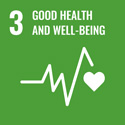
Trees planted around trails will filter air pollution from nearby roads and highways, promote outdoor recreation, and create enhanced forest experiences for mental health and attention restoration.
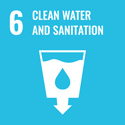
Urban tree cover can increase groundwater recharge, promote the infiltration of water in soils, and decrease stormwater runoff. Trees were also planted in and around degraded wetlands to restore habitat that improves water quality.
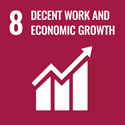
The project funded three internships and one NYC Parks gardener position, creating local economic opportunities and training the next generation of urban forest professionals.
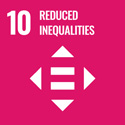
The two parks serve communities considered confirmed or potential environmental justice areas by the state, bearing a disproportionate burden of air pollution.
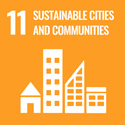
By beautifying park trails and natural areas, the trees planted enhance community greenspaces and promote recreation. Community and corporate volunteers came together for tree planting events.
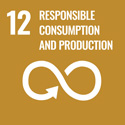
Trees lower cooling costs by reducing regional air temperatures and providing shade. The reforested areas will mitigate the urban heat island effect and cool surrounding communities.
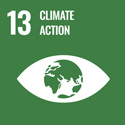
Trees are able to reduce ozone, nitric oxides, and particulate matter. Urban forests reduce pollutants through dry deposition on surfaces and uptake of pollutants into leaf stomata. When project trees reach 25 years old, they will reduce 1.52 tons of O3, 0.65 tons of NOx, and 0.76 tons of PM10 per year, with avoided cost of $36,350 per year.
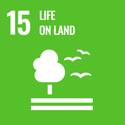
The more diverse the urban forest, the more resilient it will be to climate-related shocks and other types of disturbance. For this project, 46 tree species were planted, increasing the functional diversity of NYC’s urban forests and the availability of different kinds of habitat and food sources for birds, pollinators, and urban wildlife.
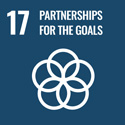
The Natural Areas Conservancy worked closely with public, non-profit, and private partners, including NYC Parks, local community groups, American Forests and corporate partner American Express.
